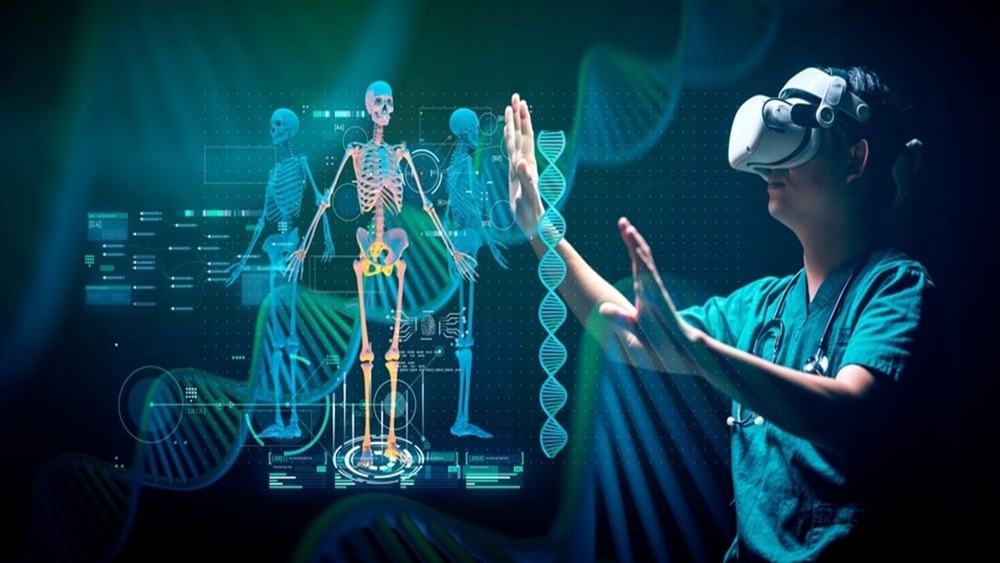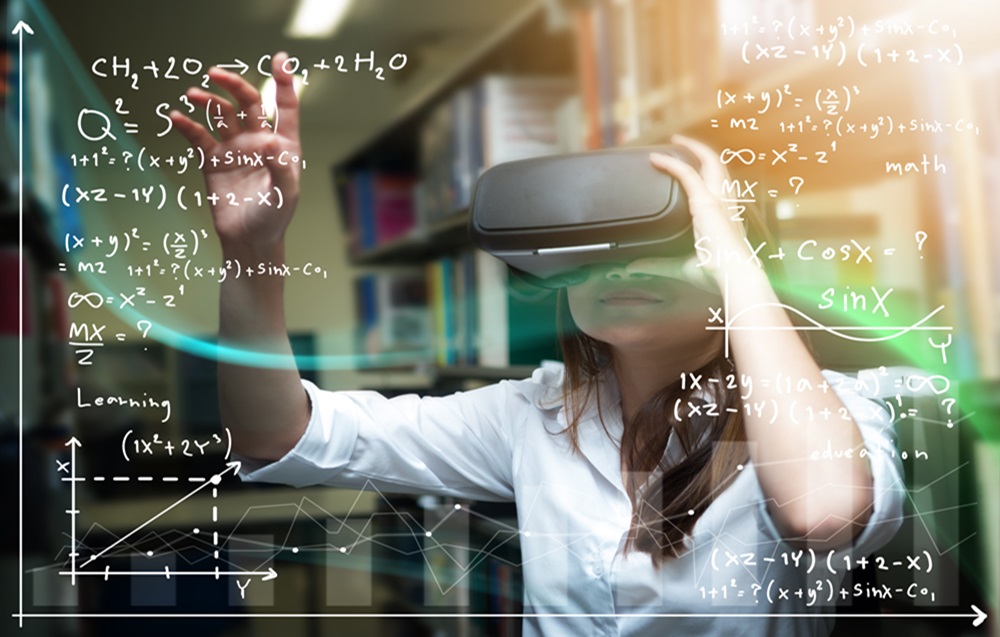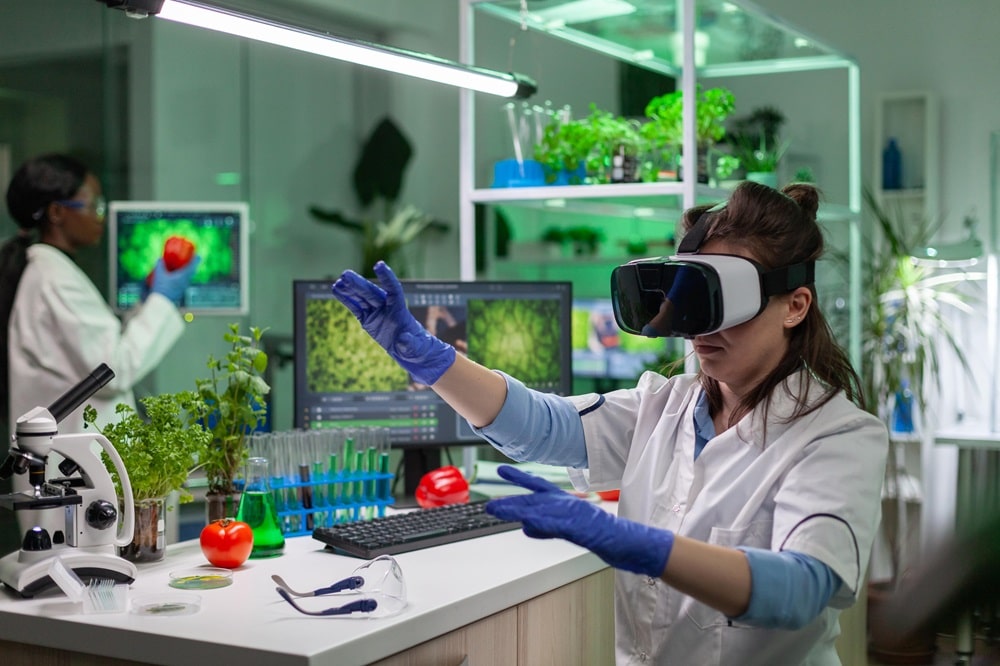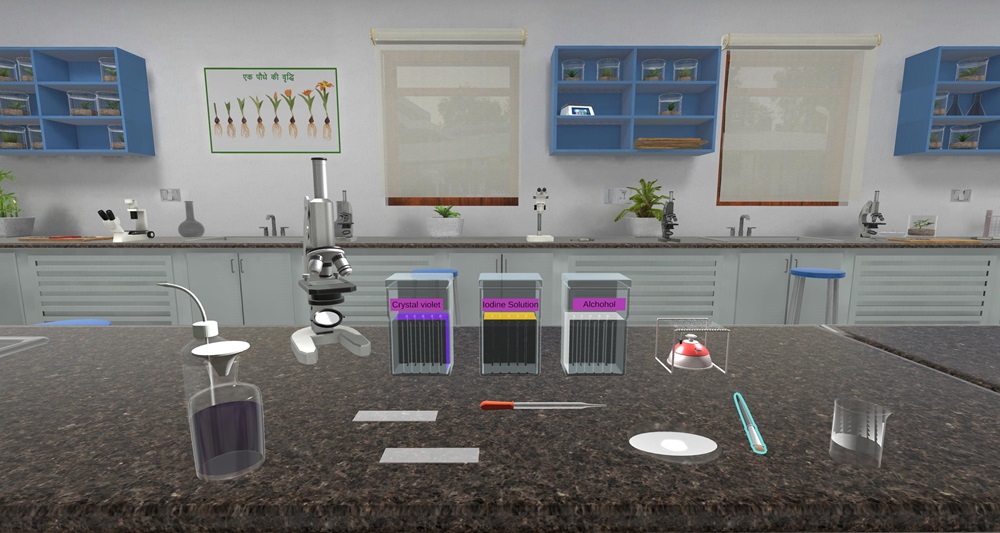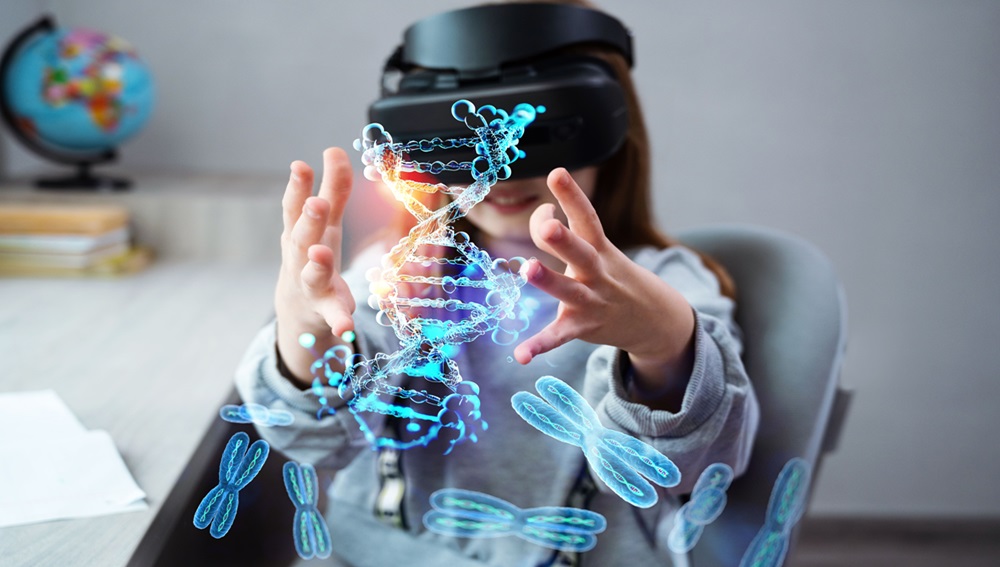How is VR Learning different from YouTube Learning?
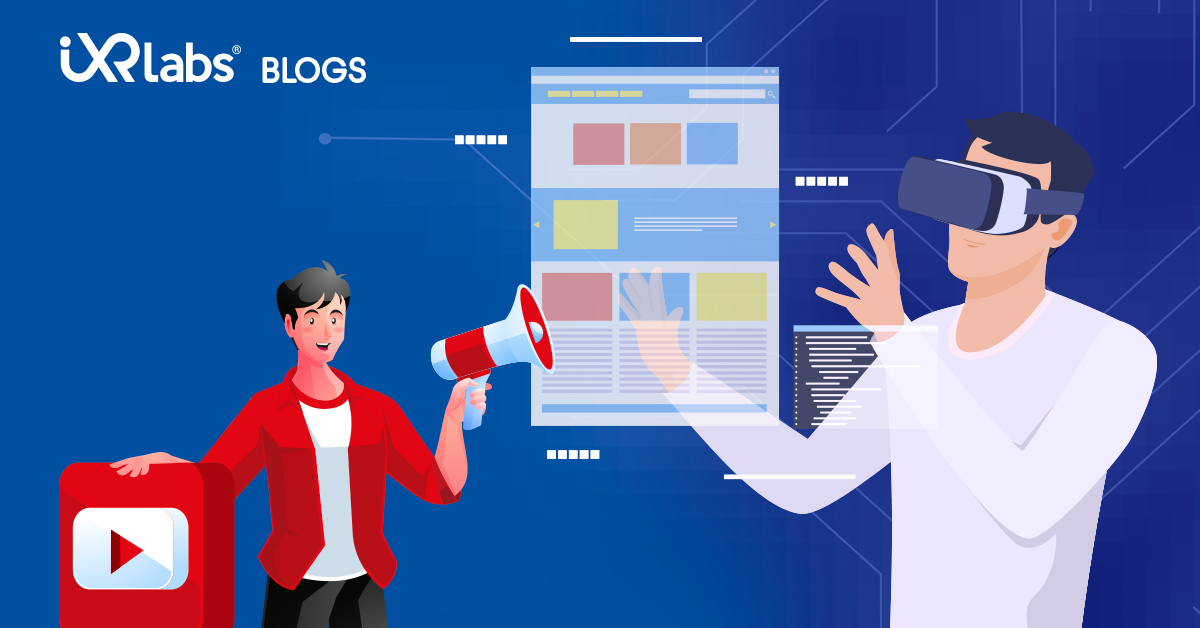
In today's digital age, there are numerous ways to acquire knowledge and skills. Two of the most popular methods are YouTube learning and VR learning.
YouTube learning involves watching videos on YouTube to learn about a variety of topics, while VR learning uses virtual reality technology to immerse the learner in a simulated environment.
Both methods have their own unique advantages and disadvantages, and the choice between the two ultimately depends on the individual's learning style and the type of information they wish to learn.
In this blog, we will explore these two methods in depth and help you determine which one is the right fit for you.
What is YouTube Learning?
YouTube is an audio-visual tool. Although the platform is used for various purposes, students/Users also spend time on YouTube to consume educational content.
Many institutes and colleges use Youtube for informational content. Learners can search for a specific subject or academic content. Then, they can select a video from the list of videos related to the search topic.
Learners can save their favorite speakers or tutors and get notified whenever the tutor uploads a new video.
In addition, YouTube Learning is a feature on the YouTube platform that allows users to discover and access educational content on a wide range of subjects.
Students can search for various subjects and specific topics and get numerous search results from educational organizations, educators, and other experts.
YouTube learning also offers interactive elements such as quizzes and questionnaires, closed captions, and the ability to take notes while watching a video.
In addition, YouTube learning includes a feature called "learning playlists". It has organized sets of videos on a particular topic, specifically designed by educators and subject matter experts.
YouTube learning is accessible to all users and it is easier to find for different levels of students.
What is VR Learning?
Virtual Reality (VR) learning is an educational method that uses VR technology to create simulated environments for students to interact with.
The VR experience aims to provide a more immersive and interactive learning experience, compared to traditional methods such as lectures or textbook-based learning.
For example, in a mechanical engineering session or a tour of an AC plant, students will be available to have all the parts of the AC plants around them. They can separate each part and understand the working of each part at their own pace.
What differentiates VR classrooms from YouTube learning?
Technology
VR-based learning typically involves immersing the user in a virtual environment using a VR headset, while YouTube learning typically involves watching videos on a screen. VR allows for a more interactive and immersive experience, while YouTube is primarily a passive viewing experience.
Experience
VR-based learning can also be more engaging and can simulate real-world scenarios, while YouTube learning is limited to the content of the videos. Additionally, VR-based learning can be used to create simulations and virtual labs that are not possible with YouTube.
Experiential learning Vs. passive learning
YouTube helps students learn by watching videos and VR enables students to learn through practical experience, as students are immersed in a world that simulates real life.
Learning through experience has been argued as the most effective way to learn. It increases the quality of learning and retention. This promotes experiential learning and can be a more powerful way than watching videos on YouTube learning.
What is in iXRLabs for you?
At iXR labs, we're revolutionizing the way higher education is delivered through the use of advanced technology. Our immersive and interactive learning journeys, combined with detailed explanations and assessments, drive curiosity and self-learning.
With our cutting-edge technology, learning becomes exciting, insightful, and accurate. Experience our programs on VR headsets, PCs, mobile, and the web. Join us on the journey to revolutionize higher education.
iXRLabs offers the following benefits:
An immersive virtual environment consisting of various academic modules
Virtual labs to perform science experiments
An opportunity to test various parameters without any restriction and risk
No time limit to learning and mastering the experiment
Virtual reality tours to have the adequate industry knowledge
Various modes to study machines, tools, and experiments such as fly mode, separation mode, and guided mode
Simulated environment for growth and hands-on learning experience with VR learning
Learning has many new facets. Every new technology or methodology tries to add value to unique learning methods. YouTube learning offers an easily accessible learning tool for all age groups and grades.
Whereas virtual reality technology offers unique and specifically curated content according to the educational stream with maximum student involvement and active learning.
